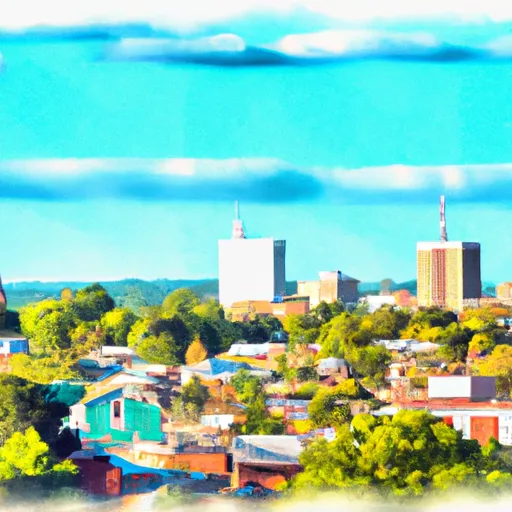°F
°F
mph
Windspeed
%
Humidity











Cuba is a small town located in Sumter County, Alabama. The climate in Cuba is humid subtropical with hot summers and mild winters. The area receives about 56 inches of rainfall annually. The hydrology constituents in Cuba include the Sucarnoochee River, which runs through the town, and several smaller creeks and streams. Outdoor recreation opportunities in Cuba include hunting in the nearby Talladega National Forest and fishing in the Sucarnoochee River. Additionally, visitors can enjoy hiking and camping in the nearby forest.
Weather Forecast
Cuba receives approximately 1417mm of rain per year, with humidity levels near 90% and air temperatures averaging around 18°C. Cuba has a plant hardyness factor of 8, meaning plants and agriculture in this region tend to thrive here all year round.
Regional Streamflow Levels
773
Cubic Feet Per Second
1,370
Cubic Feet Per Second
513
Cubic Feet Per Second
19
Cubic Feet Per Second
Nearby Camping
| Camping Area | Reservations | Toilets | Showers |
|---|---|---|---|
| Lenoir Landing - Coffeeville Lake | |||
| Lake Tom Bailey | |||
| Sumter Rec Area | |||
| Lakeview RV City Park | |||
| Charley Brown City Park | |||
| Natchez Trace State Park |



